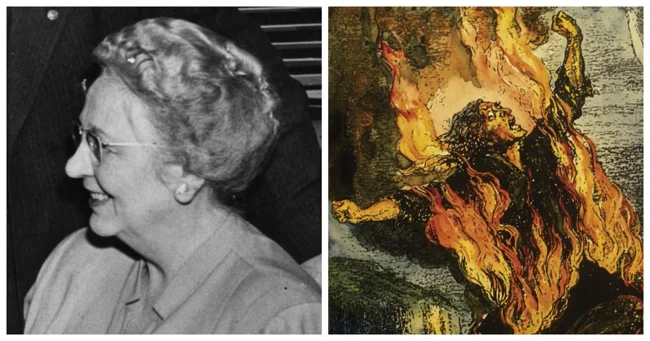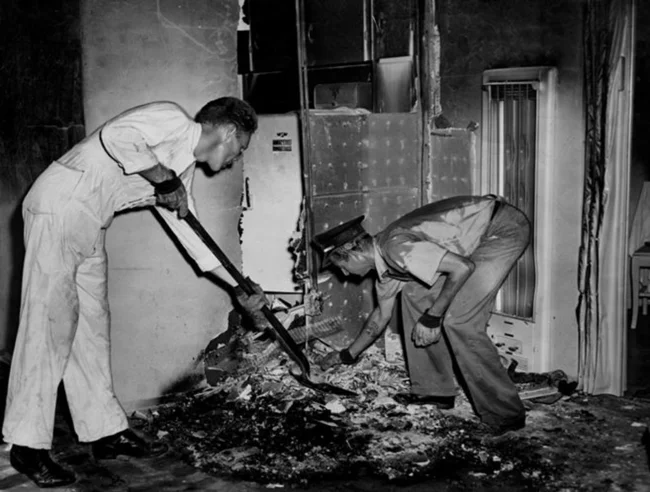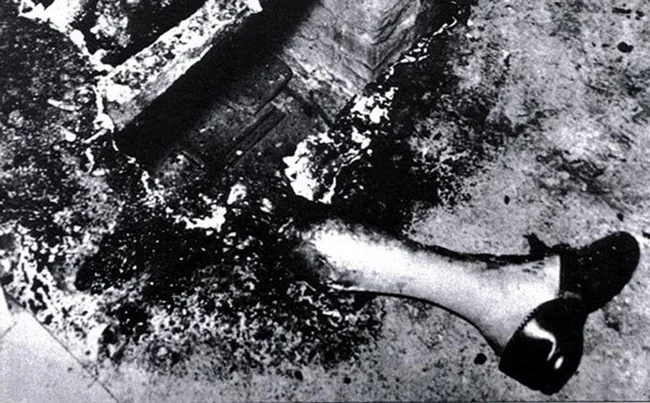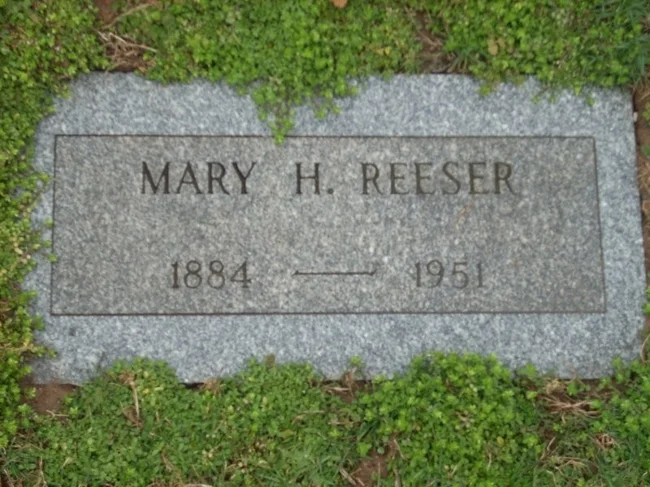Mary Reeser's "Lady of Ash": spontaneous human combustion (6 photos)
Truth is sometimes much stranger than fiction. 
The first recorded case of spontaneous human combustion dates back to 1470. A certain Polonius Vorstius died in Milan, having caught fire after a night of drinking. In 1745, the Italian Countess Cornelia burned to ashes. All that remained of the poor thing were her legs. There are about two hundred such cases recorded. But it is the episode with Mary Reeser that is mentioned most often.
The Story of Mary Reeser 
Mary Reeser
A 67-year-old woman living at 1200 Cherry Street in St. Petersburg, Florida, spent the evening of July 1, 1951, in a fairly normal manner. The elderly lady invited her son and a neighbor to visit. At the time, Mary was wearing a nightgown, house slippers, and a robe. When the men left, everything in the apartment appeared normal.
The next morning, a messenger arrived with a telegram and received no answer when he knocked on the door. When he called the same neighbor, he found that the doorknob was hot to the touch. The neighbor asked for help from the construction workers (according to some sources, the police) working nearby.
Once inside, they found the apartment very warm. Hot, even, despite the fact that some of the windows were open. In one corner of the room, they found a pile of ash, the charred remains of a chair and lamp, and an electric clock with a melted plug that had stopped at 4:20 a.m. Apart from the charred remains in that corner, the apartment was completely intact.
Upon closer inspection, they found a woman's left foot in the ash, wearing a slipper (according to some sources, a human skull was also found). This is all that remains of Mary Reeser…
Police at a loss 
Experts at the scene
There were no signs of forced entry, burglary, or any other unauthorized presence in the apartment. With the investigation at a standstill, authorities called in consultants.
Experts were clear that this was no ordinary fire. They estimated that it would have taken several hours of burning at 3,000 degrees Fahrenheit to incinerate a person so thoroughly. How could such a hot fire, burning for so long, not have consumed the entire apartment, or even the entire building?
The police turned to the FBI for help, but the Bureau was unable to shed any light on the situation. 
All that was left of the woman was a leg
Anthropologist Wilton Krogman, a consultant on the case, wrote:
I find it hard to believe that a human body, when set ablaze, would literally consume itself – burn itself out like a candle stub... I have never seen a body so completely consumed by heat. It is contrary to ordinary experience, and I consider it the most amazing thing I have ever seen... As I consider it, the short hairs on my neck bristle with a vague fear. If I had lived in the Middle Ages, I would have muttered something about black magic.
Theories 
Various possible explanations were put forward. Detective Burgess, who was investigating, received an anonymous letter describing a "fireball flying through the window" (probably ball lightning).
The explosive theory turned out to be untenable, since no signs of flammable substances were found at the scene of the tragedy. Experts also ruled out problems with the wiring.
After an investigation that led nowhere, the police finally, unconvincingly, cited a "discarded cigarette" as the cause. 
However, cases of spontaneous combustion are usually characterized by the following three signs: the fire site is almost undamaged, there is no visible source of ignition, and finally, body parts remain intact and adjacent to the ashes. All of these were present in the case of Mary Reeser. Why did the woman turn to ashes, while the apartment, except for the corner where Mary was sitting, remained intact? This case has never received a clear explanation.




























